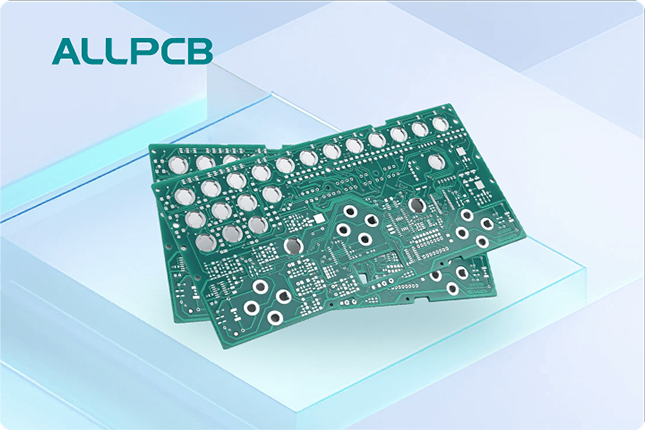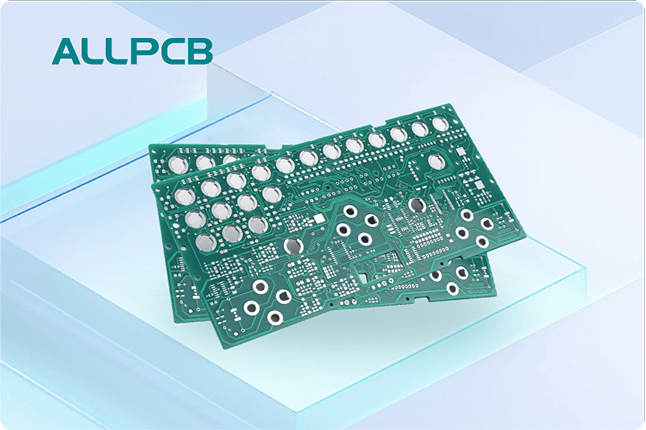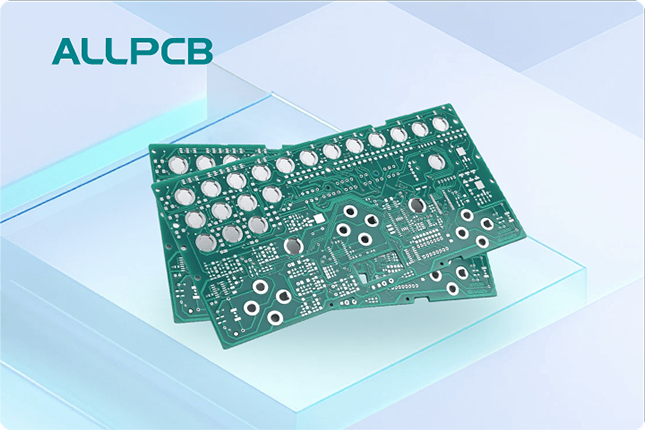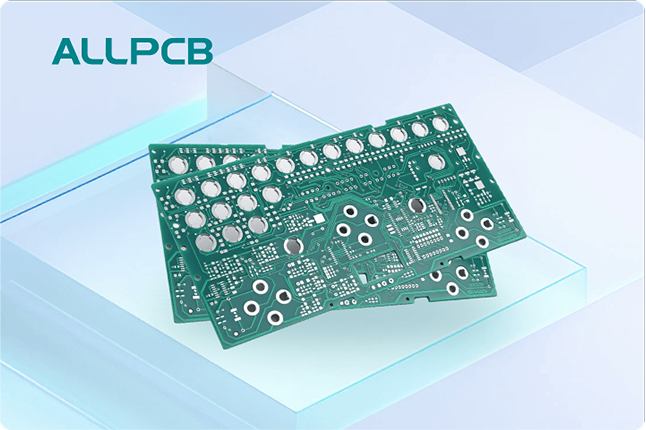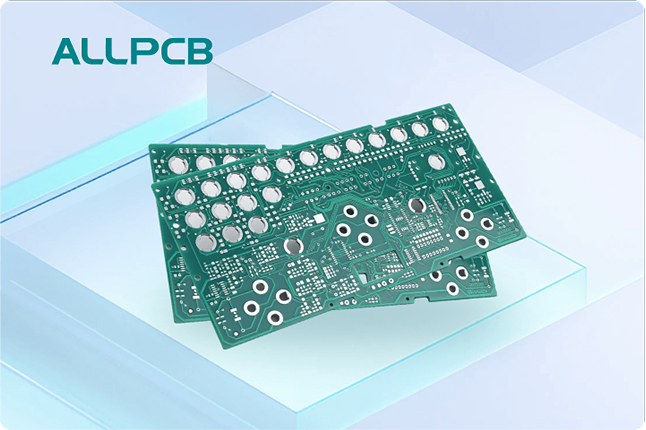In the world of PCB manufacturing, ensuring quality and reliability is a top priority. One way to achieve this is by implementing ASTM standards in the PCB manufacturing process. But what exactly are ASTM standards, and how can they be applied to improve quality control, inspection, documentation, and overall cost-effectiveness in PCB production? This guide offers a clear, actionable roadmap for integrating ASTM standards into your workflow, helping you meet industry expectations and deliver high-quality printed circuit boards.
Whether you're looking to enhance quality control with ASTM standards for PCB, streamline inspection processes, or adopt cost-effective implementation strategies, this blog will walk you through every step. Let’s dive into the details of how these standards can transform your manufacturing process.
What Are ASTM Standards and Why Do They Matter in PCB Manufacturing?
ASTM International, formerly known as the American Society for Testing and Materials, develops globally recognized standards for a wide range of industries, including electronics and PCB manufacturing. These standards provide guidelines for materials, processes, testing methods, and quality assurance to ensure consistency, safety, and performance in products.
In the context of PCB manufacturing, ASTM standards help define best practices for material selection, fabrication techniques, and testing protocols. They are essential for ensuring that circuit boards meet the necessary electrical, mechanical, and thermal requirements. By adhering to these standards, manufacturers can reduce defects, improve reliability, and build trust with clients in industries like aerospace, automotive, and telecommunications, where precision is non-negotiable.
For instance, ASTM standards in the PCB manufacturing process cover aspects like copper foil thickness, dielectric material properties, and solderability. Following these guidelines not only enhances product quality but also ensures compliance with international regulations, making your boards suitable for global markets.
Key ASTM Standards for PCB Manufacturing Process
Several ASTM standards are directly applicable to PCB manufacturing. Below, we explore some of the most relevant ones and how they impact different stages of production.
1. ASTM B298 – Standard Specification for Silver-Coated Soft or Annealed Copper Wire
This standard specifies the requirements for silver-coated copper wire used in PCB traces and interconnects. It ensures that the wire maintains high conductivity and corrosion resistance, which are critical for reliable signal transmission. For example, a typical PCB might require copper wire with a conductivity of at least 95% IACS (International Annealed Copper Standard) to minimize signal loss at high frequencies, such as 5 GHz in modern communication devices.
2. ASTM D709 – Standard Specification for Laminated Thermosetting Materials
This standard applies to the insulating materials used in PCBs, such as FR-4 epoxy laminates. It defines the mechanical and electrical properties of these materials, ensuring they can withstand thermal stress and maintain dielectric strength. For instance, a laminate under this standard might need to have a dielectric constant of 4.5 to 4.8 at 1 MHz to support high-speed signal integrity.
3. ASTM D257 – Standard Test Methods for DC Resistance or Conductance of Insulating Materials
This standard outlines methods for testing the insulation resistance of PCB substrates. High insulation resistance, often in the range of 10^12 ohms, is crucial to prevent leakage currents that could disrupt circuit performance, especially in high-voltage applications like power electronics.
By integrating these standards into your manufacturing process, you can ensure that every component of your PCB meets strict quality benchmarks, reducing the risk of failures during operation.
Quality Control with ASTM Standards for PCB
Quality control is a cornerstone of successful PCB manufacturing, and ASTM standards provide a robust framework for maintaining high standards. Implementing quality control ASTM standards for PCB involves systematic testing and validation at various production stages. Here’s how you can apply these standards effectively:
Material Verification
Before production begins, verify that raw materials, such as copper foil and laminates, comply with relevant ASTM standards. For example, use ASTM B298 to confirm the quality of copper wire by testing its tensile strength and conductivity. This step prevents issues like poor signal transmission due to substandard materials.
In-Process Monitoring
During fabrication, monitor key parameters like layer thickness and etching accuracy. ASTM standards provide tolerances for these metrics, ensuring that deviations are caught early. For instance, a copper layer thickness of 1 oz/ft2 (approximately 35 micrometers) should be maintained within ±10% to ensure consistent impedance, often around 50 ohms for high-frequency circuits.
Final Testing
After assembly, conduct tests like thermal cycling and humidity exposure based on ASTM guidelines to simulate real-world conditions. These tests ensure that the PCB can withstand temperatures up to 125°C or humidity levels of 85% without delamination or performance degradation.
By embedding ASTM standards into your quality control processes, you can minimize defects and deliver reliable products that meet client specifications.
ASTM Standards for PCB Inspection
Inspection is a critical step in PCB manufacturing to identify defects and ensure compliance with design specifications. ASTM standards for PCB inspection provide detailed methods for evaluating both visual and functional aspects of a board. Here are some key inspection practices guided by ASTM standards:
Visual Inspection
ASTM standards outline criteria for visual defects like scratches, voids, or misaligned traces. Using magnification tools, inspectors can check for issues in solder joints or surface finishes. For example, a solder joint should have a smooth, shiny appearance with no cracks, as per ASTM guidelines.
Electrical Testing
Electrical tests, guided by standards like ASTM D257, measure parameters such as insulation resistance and continuity. These tests ensure that the PCB can handle specified voltages, often up to 500V for industrial applications, without short circuits or breakdowns.
Mechanical Testing
Mechanical tests assess the durability of the PCB under stress. ASTM standards specify methods for bend testing and peel strength evaluation to ensure that layers remain bonded even after repeated flexing or thermal expansion.
Implementing these inspection techniques ensures that every PCB leaving your facility meets the highest quality standards, reducing returns and enhancing customer satisfaction.
Documentation with ASTM Standards for PCB
Proper documentation is essential for traceability and compliance in PCB manufacturing. Documentation under ASTM standards for PCB ensures that every step of the process is recorded, from material sourcing to final testing. Here’s how to approach it:
Material Certificates
Maintain certificates of compliance for all raw materials, confirming that they meet ASTM specifications. For instance, a certificate for FR-4 laminate should include test data showing a glass transition temperature (Tg) of at least 130°C.
Process Records
Document each manufacturing step, including etching, drilling, and plating, with details like equipment settings and operator notes. This ensures that any deviations from ASTM standards can be traced and corrected.
Test Reports
Compile detailed reports for all quality control and inspection tests, referencing the specific ASTM standard used. These reports should include numerical results, such as a dielectric strength of 30 kV/mm for insulating materials, to provide clear evidence of compliance.
Thorough documentation not only supports internal audits but also builds confidence with clients by demonstrating adherence to industry standards.
Cost-Effective ASTM Implementation for PCB Manufacturing
While implementing ASTM standards may seem resource-intensive, there are cost-effective strategies to integrate them into your PCB manufacturing process without breaking the budget. Here’s how to achieve cost-effective ASTM implementation for PCB:
Prioritize Key Standards
Focus on the most relevant ASTM standards for your specific products. For example, if you primarily manufacture high-frequency PCBs, prioritize standards related to dielectric materials and signal integrity over less critical ones like mechanical flexing.
Invest in Training
Train your team on ASTM standards to reduce errors during production and inspection. A one-time investment in training can save significant costs by preventing rework and scrap. For instance, proper training on solderability testing per ASTM standards can reduce defective solder joints by up to 20%.
Leverage Automated Testing
Use automated testing equipment to perform ASTM-compliant tests quickly and accurately. While the initial cost of equipment might be high, it reduces labor expenses and speeds up quality control, often cutting testing time by 30% or more.
Partner with Reliable Suppliers
Work with suppliers who provide ASTM-certified materials to avoid the need for extensive in-house testing. This can lower material verification costs by ensuring that incoming components already meet required specifications.
By adopting these strategies, you can implement ASTM standards in a way that enhances quality without straining your budget, ensuring long-term profitability.
Benefits of Implementing ASTM Standards in PCB Manufacturing
Adopting ASTM standards in your PCB manufacturing process offers numerous advantages that go beyond compliance. Here are some key benefits:
- Improved Product Reliability: Boards manufactured to ASTM standards are less likely to fail, even under harsh conditions like temperature swings from -40°C to 85°C.
- Enhanced Market Competitiveness: Compliance with globally recognized standards makes your products more appealing to international clients.
- Reduced Costs Over Time: Fewer defects and returns mean lower warranty and rework expenses, often saving up to 15% on production costs in the long run.
- Streamlined Regulatory Compliance: Meeting ASTM standards often aligns with other industry regulations, simplifying certification processes.
These benefits collectively contribute to a stronger reputation and greater customer trust, positioning your business as a leader in the PCB industry.
Challenges and Solutions in Implementing ASTM Standards
While the advantages are clear, implementing ASTM standards can present challenges. Below are common hurdles and practical solutions:
Challenge: High Initial Costs
Acquiring testing equipment and training staff can be expensive upfront. Solution: Start with essential standards and scale up gradually, reinvesting savings from reduced defects into further compliance efforts.
Challenge: Complexity of Standards
ASTM standards can be detailed and difficult to interpret without expertise. Solution: Hire a consultant or collaborate with industry experts to develop a clear implementation plan tailored to your needs.
Challenge: Resistance to Change
Teams may resist adopting new processes due to familiarity with existing methods. Solution: Communicate the long-term benefits, such as fewer errors and higher customer satisfaction, to gain buy-in from staff.
By addressing these challenges proactively, you can ensure a smoother transition to ASTM-compliant manufacturing.
Conclusion: Building Quality with ASTM Standards in PCB Manufacturing
Implementing ASTM standards in the PCB manufacturing process is a powerful way to enhance quality, reliability, and market competitiveness. From material selection to quality control, inspection, and documentation, these standards provide a clear framework for excellence at every stage. Moreover, with cost-effective strategies like prioritizing key standards, investing in training, and leveraging automation, you can adopt these guidelines without straining your resources.
By following the practical steps outlined in this guide, you can integrate ASTM standards into your workflow, ensuring that your PCBs meet the highest industry benchmarks. Whether you’re aiming to improve quality control with ASTM standards for PCB or streamline inspection and documentation processes, this approach will help you deliver superior products that stand the test of time.
Start small, focus on the most impactful standards, and build a culture of quality in your manufacturing process. The result will be PCBs that not only meet client expectations but also set your business apart in a competitive industry.
 ALLPCB
ALLPCB


